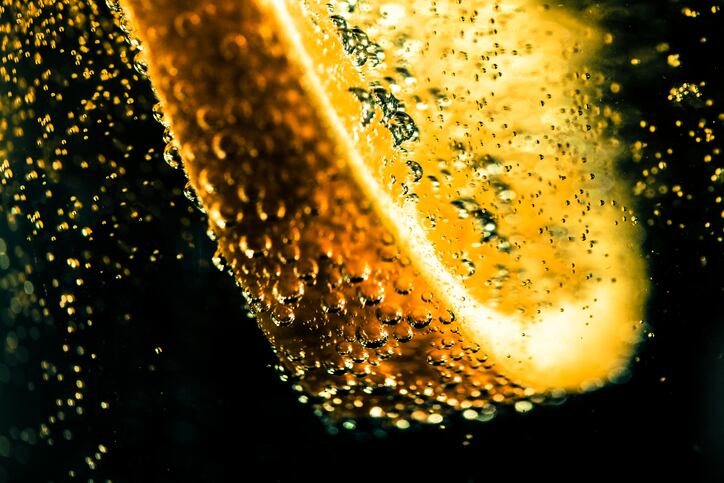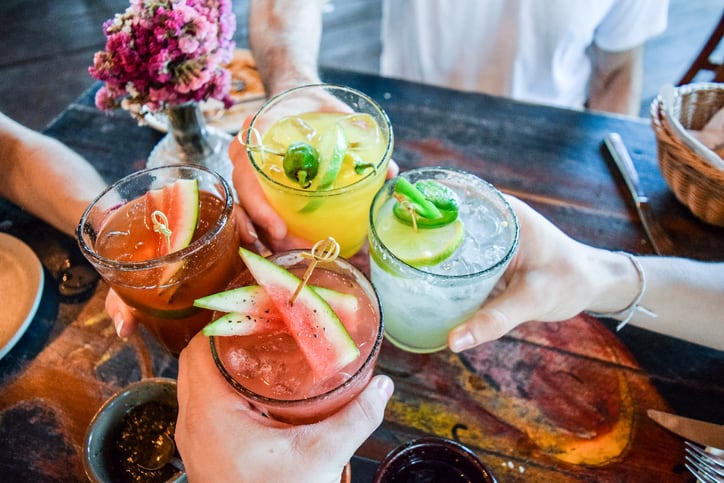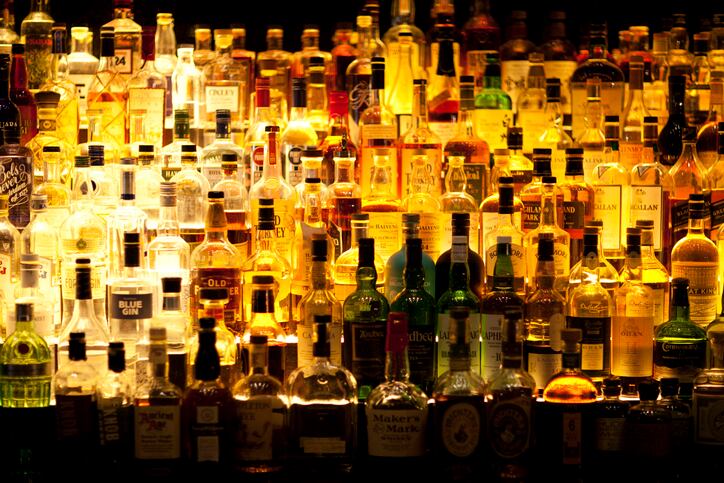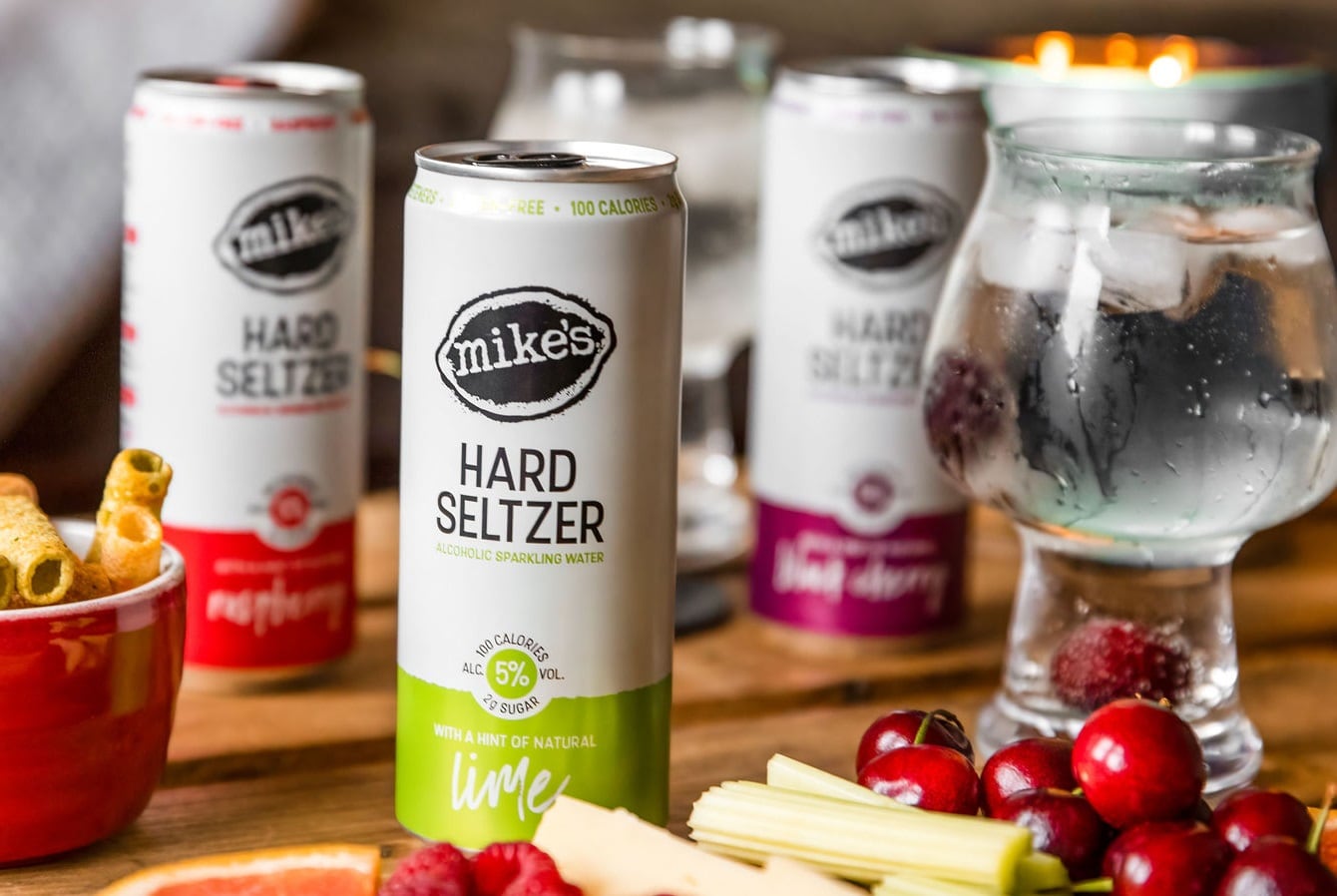The booming hard seltzer market has been expanding beyond the US: making inroads into the UK and Europe. But US brands seeking to expand into Europe may find advertising regulations differ to their home market; while domestic brands need to be equally aware of what is acceptable.
In the UK, drinks under 1.2% ABV can only make health and nutrition claims authorized by the Great Britain Nutrition and Health Claims Register. Alcoholic beverages with more than 1.2% ABV simply cannot make such claims (with limited exceptions for ‘reduced energy’, ‘reduced alcohol’ and ‘low alcohol’). Rules are similar in the EU.
And this week, the UK’s Advertising Standards Authority (ASA) has pulled up four brands for making health and nutrition claims. In some cases the health claim was implied rather than stated implicitly - showing how careful brands need to be in this area.
Two drinks were pulled up for adding a sales-spin-style descriptor to their calorie count: the ASA would have accepted, for example, the label of ’90 calories’ on BrewDog’s hard seltzer; but it did not accept the phrasing ‘only 90 calories’. This was the same for the phrase ‘under 100 calories per can’ used by High-Water hard seltzer.
Meanwhile, references to ‘low calorie’ and ‘no carbs’ or similar across several brands were also shot down by the ASA.
And any stated or implied health claim (such as a ‘healthier choice’ or a reference to an ingredient as a ‘natural detox hero’ in the case of Whisp hard seltzer) was also deemed unacceptable.
Should hard seltzers be able to call out a reduced calorie count?
Hard seltzers’ positioning has been built up in no small part thanks to a clean-living image: using sparkling water (instead of sugary mixers) and natural ingredients (instead of artificial ones).
Yet while they may contain fewer calories than other drinks, the intrinsic alcohol content means it's never going to be fair to imply they're ‘healthy’ in any way, says Andrew Misell, Director for Wales at Alcohol Change UK.
“The ASA’s recent rulings have made it clear that alcoholic drinks cannot be presented as a healthy option, and that makes sense,” he told us.
“Although drinking moderately and within the low-risk guidelines is likely to keep the health risks low, alcohol should never be seen as a healthier choice than not drinking. The limited heart-health benefits that moderate consumption of some alcoholic drinks may have are more than outweighed by all the other risks from drinking alcohol, such as cancer.
“As regards calories, it is true that some alcoholic drinks are less calorific than others, and some consumers who are seeking to manage their weight might seek out those drinks. But this needs to be balanced with other considerations.”
Tom Harvey, co-founder of YesMore Drinks Marketing Agency, agrees the rules (such as the ASA's CAP Code and The Portman Group's Code of Practice) are there for a perfectly good reason – to protect consumers.
“The more drinks brands bend and break the rules, the more likelihood the rules will become more restrictive in future - look at cigarette branding and marketing for example,” he told us.
“Plus, brands are only really harming their own consumers when they flout the rules with misinformation and implied benefits.”
All of the brands pulled up by the ASA this week have agreed to change their messaging.
The ASA upheld complaints against four hard seltzer brands this week:
- An ad for BrewDog’s Clean & Press hard seltzer created both health and nutrition claims, says the ASA. The Instagram ad contained the phrase ‘Due to advertising regulations we cannot claim this drink is healthy’ – which would lead consumers to believe the drink was, in fact, healthy (and just couldn’t be stated).
- Calling out the claim ‘no carbs or sugar’ equated to a nutrition claim; while the phrase ‘only 90 calories’ (as opposed to factually stating 90 calories) also falls foul of rules, says the ASA.
- High-Water hard seltzer, similarly, used the phrase ‘under 100 calories per can’: which the ASA deemed to be a nutrition claim because the word ‘under’ could ‘suggest the drink had the particular beneficial nutritional property of being low in calories’ (High-Water will change the messaging to ‘ranges from 93-99 calories per can’).
- Also on Instagram, hard seltzer brand DRTY used the hashtags #lowcalorie, #nosugardiet, #zerosugar, #keto, #carbfree and #nocarbs – again deemed by the ASA to make a nutrition claim in relation to alcohol (DRTY has agreed not to use the claims again).
- And a fourth hard seltzer brand – Whisp - was also pulled up by the ASA for the phrases description ‘refreshing, low calorie, lightly alcoholic sparkling water – the perfect accomplice to a balanced lifestyle’ as well as ‘Mlik thistle: natural detox hero’ and ‘healthier choice: low in sugar, calories and alcohol’ (Whisp says it will remove the claims from its website).
What messaging is and isn’t acceptable?
So how can brands that genuinely believe they offer a better alternative to sugary RTDs or calorific drinks convey that to consumers?
The first thing to remember is that stating factual information is OK – and consumers will welcome this transparency.
Andrew Misell of Alcohol Change UK said: “We would encourage producers to offer consumers clear factual information about what’s in their drinks, as well as the number of units in the bottle or a serving, and about the risks of drinking above the low-risk guidelines so that they can make informed choices about their drinking.”
Health and nutrition claims
Health claim: "any claim that states, suggests or implies that a relationship exists between a food category, a food or one of its constituents and health. This would include claims such as 'calcium helps maintain normal bones'. More general claims such as 'good for you' may also be health claims"
Nutrition claim: "any claim which states, suggests or implies that a food has particular beneficial nutritional properties due to the presence, absence, increased or reduced levels of energy or of a particular nutrient or other substance, and includes claims such as 'source of calcium', 'low fat', 'high fibre' and 'reduced salt'."
This week’s rulings show that navigating what is and isn’t acceptable can be tricky. Tom Harvey of YesMore warns that brands need to think carefully about their messaging – right down to color palettes and social media hashtags.
“Alcohol brands that genuinely believe they're a healthier choice than others need to pay even closer attention to the CAP Code and Portman Code when branding and marketing their products.
"Because, ultimately alcohol brands can't make health claims about their products - even if they do think they're healthier.
"Alcoholic drinks that simply look like health drinks can and do receive consumer complaints.
“Aside from what they say in marketing copy, brands and agencies should be careful also not to allow even branding and color palettes to imply health benefits. Rules apply to brands both big and small, including on social media, and right down to the hashtags you use too.
“So be super clear about what your product is, and invest the time in checking the parameters of the Portman Code and CAP Code and using the free resources available to have your campaigns checked.”




